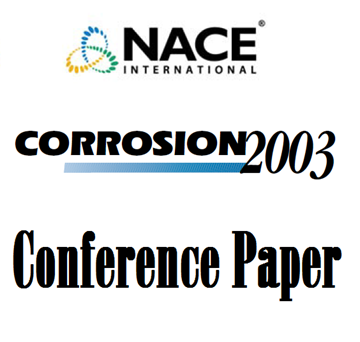Search
10042 Use of 100% Self-Healing Fully Amorphous Visco-Elastic Coating Against Corrosion
Also Purchased
Viscous Elastic Coating and Sealants: How they are unique and different from conventional corrosion prevention coatings
Product Number:
41213-747-SG
Publication Date:
2013
$20.00
03006 SURFACE-TOLERANT, ALUMINUM-FOIL, TAPE COATING
Product Number:
51300-03006-SG
ISBN:
03006 2003 CP
Publication Date:
2003
$20.00




